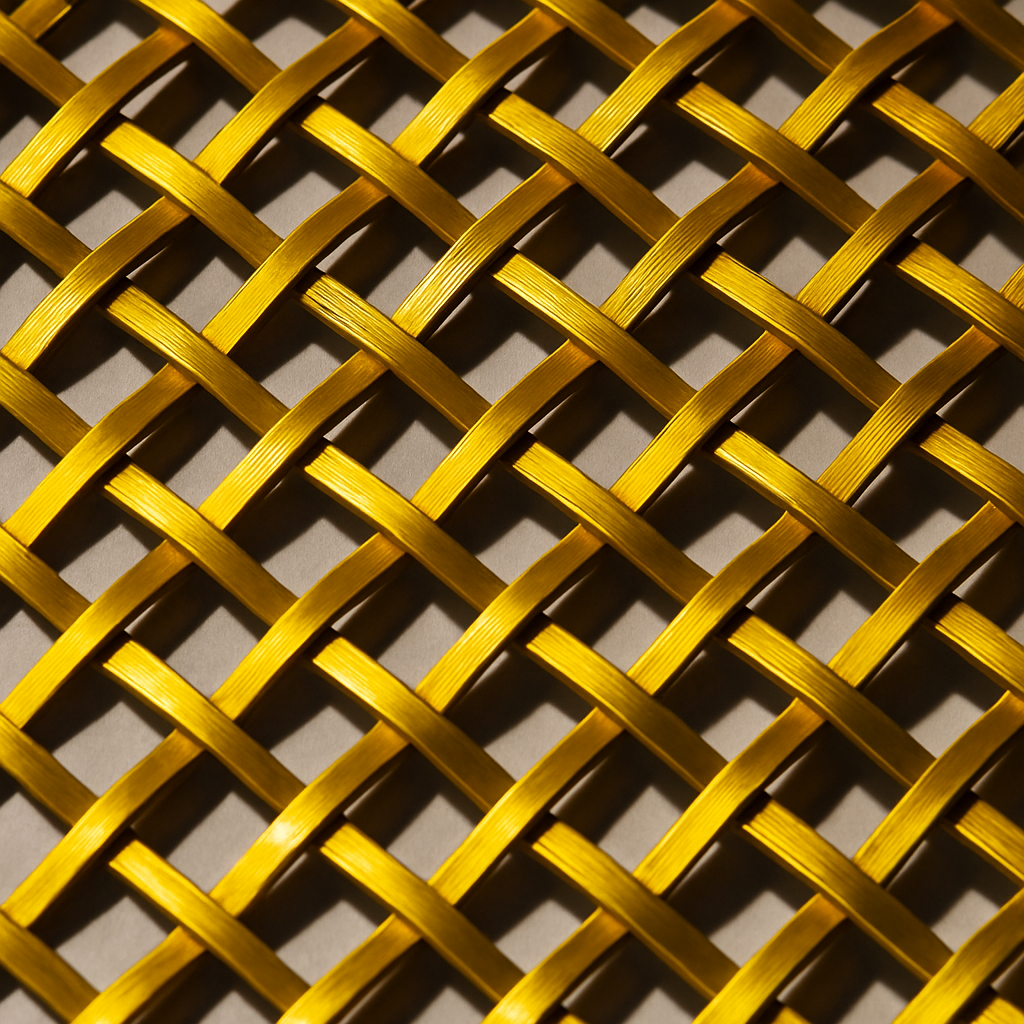








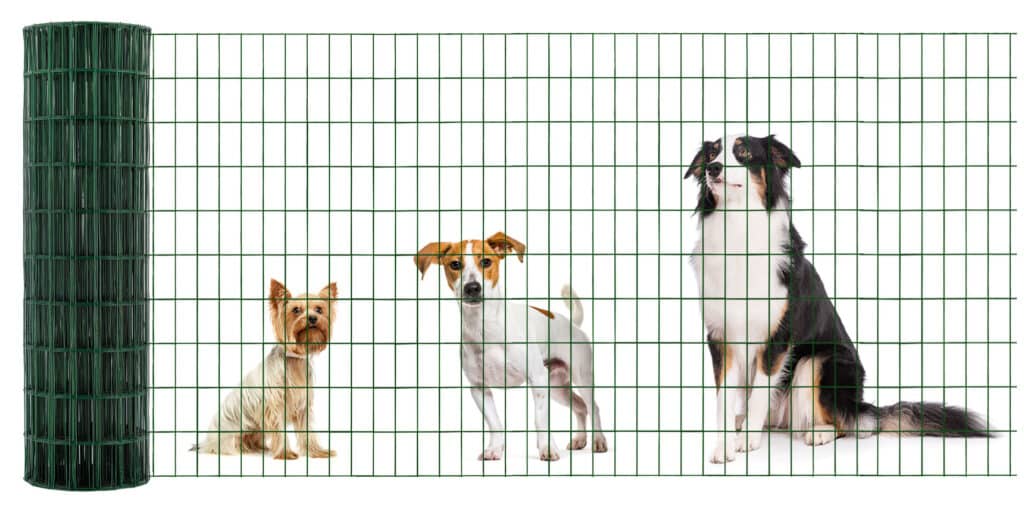
If you have a dog, you know that keeping them safe and secure is of the utmost importance. But how can you ensure that they don’t wander away from your property or get into any trouble?
The answer is simple: with a quality dog fencing system. In this blog post, we’ll take a closer look at why dog fencing is so important and what to consider when deciding on the type of fence best suited for your pet.
Let’s get into it….
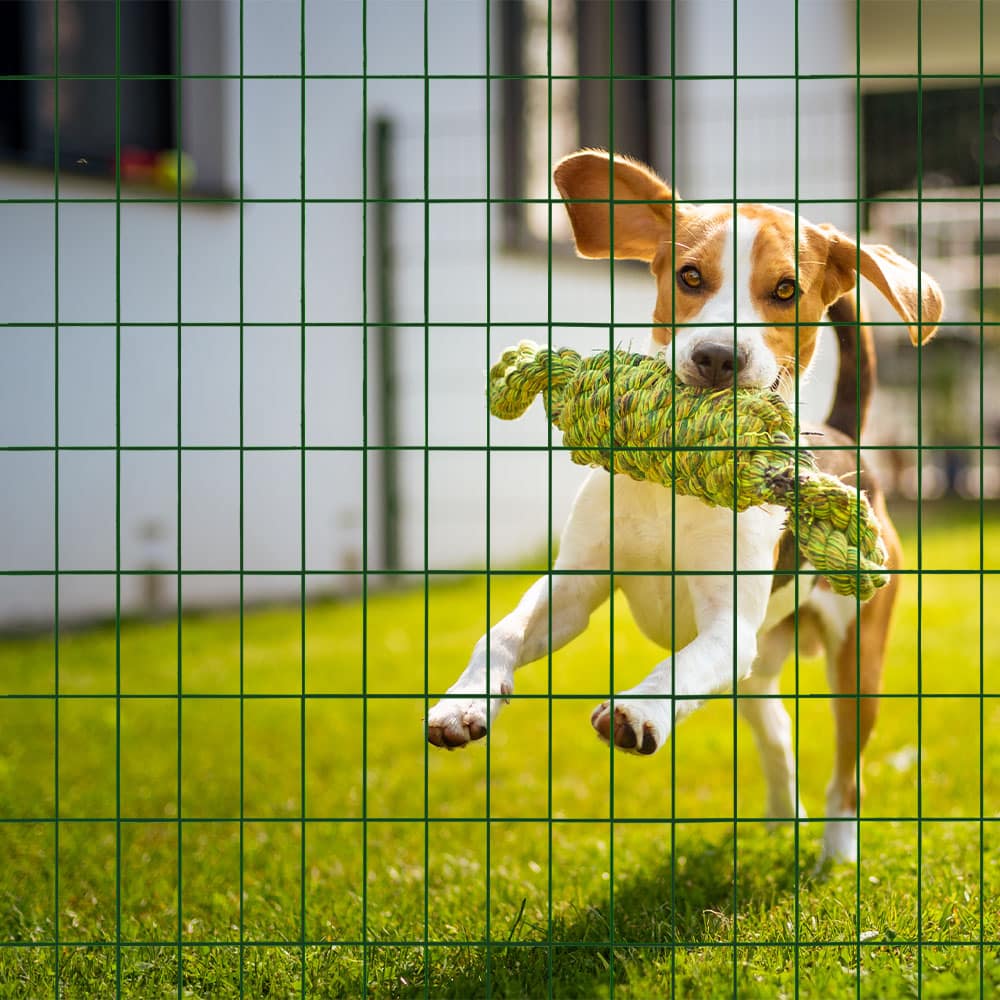
Dog fencing is not only effective for keeping your dog safe, but it also offers other benefits as well.
For starters, good fences make good neighbours; installing a fence around your property gives you more privacy and helps maintain peace with your neighbours.
Additionally, dog fencing prevents potential predators from getting close to your pet, whether it’s another animal or an intruder.
Finally, if your pet has access to the outdoors while being properly fenced in, they can enjoy being active while still staying safe and secure.
One popular option is welded wire fencing. This type of fence is made from metal wires that are welded together at each intersection. The wires are usually coated with zinc or PVC for added protection against corrosion and weathering. The wires being welded together at the joins means that the structure is far more rigid over large areas than our core product woven wire mesh.
We recommend our mesh sizes of 50m x 100mm with a 2.1mm wire thickness. This type of fence offers great visibility and is less prone to sagging or leaning compared to other types of fencing materials. Plus, it’s relatively easy to install and maintain.
It is a seriously strong mesh material.
There are several different types of fences designed specifically for dogs. The most common type is chain link fencing; this type of fence provides security without breaking the bank. It also allows for visibility so that you can easily keep an eye on your pup when they are outside playing or exploring the backyard. Another popular option is wooden fencing; this type of fence offers more privacy than chain link fences but requires more upkeep due to weathering over time. Finally, there are also electronic fences available; these provide extra security by allowing you to control where exactly your pet can go within their area as well as alerting you when they cross certain boundaries (e.g., leaving the garden).
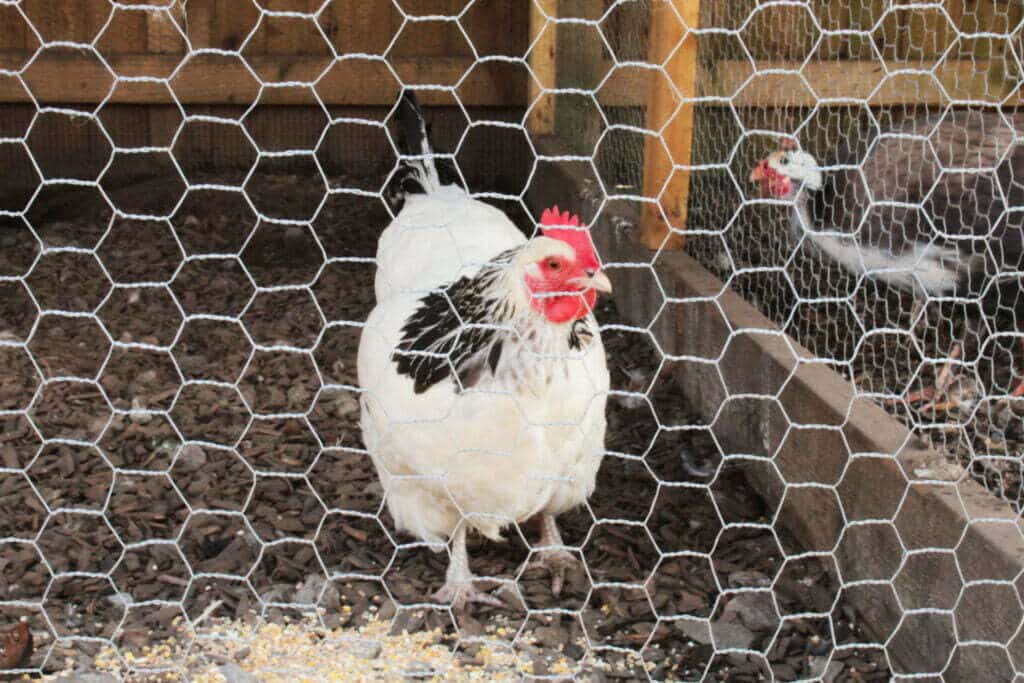
Yes, but it depends on the size and behaviour of your dog.
Galvanised chicken mesh with a size of 13mm can provide some level of containment for small to medium-sized dogs, but may not be suitable for larger dogs or those who are very active and strong. Additionally, if your dog is a determined digger, they may be able to dig under or through the mesh.
If you do decide to use galvanised chicken mesh as a dog fence, make sure to properly secure it to posts or a frame, and bury it at least a few inches into the ground to prevent your dog from digging under it. It’s also important to regularly check the fence for any damage or signs of wear and tear, as a damaged fence may not provide adequate containment for your dog.
We also offer 13mm chicken wire in green if that better suits your designs.
Here are some steps you can take to stop your dog from digging under a fence:
Provide Adequate Exercise: Dogs that are bored or have pent-up energy may resort to digging as a way to release their energy. Providing your dog with regular exercise, such as walks or runs, can help reduce their urge to dig.
Create a Digging Pit: Consider creating a designated area in your yard where your dog can dig freely, such as a sandbox or a designated digging pit. Encourage your dog to dig in this area and reward them with treats and praise when they do.
Reinforce the Fence: Check for any gaps or weak spots in your fence and reinforce them with additional fencing material or concrete. Burying the fence several inches into the ground can also prevent your dog from digging under it. This is the same method as we employed to make our trial coop “Cluckingham Palace”. The concept of preventing a fox from getting into a chicken coop extends to a dog trying to get out from under a dog fence.
Deter Digging: Apply a pet-safe deterrent, such as a citrus scent or diluted vinegar, around the base of the fence to discourage your dog from digging in that area.
Supervise Your Dog: If your dog is particularly determined to dig, consider supervising them while they are outside and redirecting their attention to other activities, such as playing fetch or going for a walk.
Seek Professional Help: If your dog’s digging behaviour persists despite your efforts, consider seeking the advice of a professional dog trainer or behaviourist to address the underlying issue.
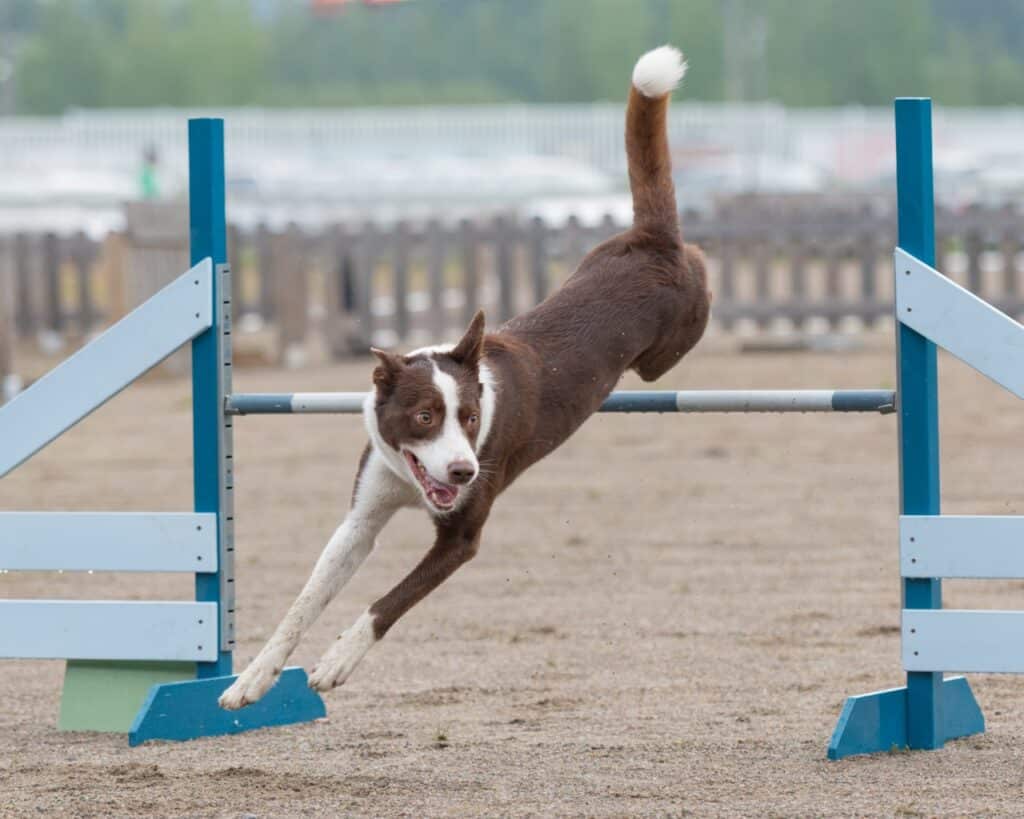
The height that a dog can jump over a fence depends on various factors such as the breed, age, size, and athleticism of the dog. However, some breeds are known for their jumping ability and may be able to clear a fence that is significantly taller than them.
On average, most medium to large dogs can jump over a fence that is around 6 feet tall. However, some breeds such as Greyhounds and German Shepherds are capable of jumping over fences that are up to 8 feet tall.
Additionally, dogs can use objects such as outdoor furniture or nearby structures to gain additional height and clear a fence.
To prevent your dog from jumping over a fence, it’s important to choose a fence that is high enough for your particular breed and to make sure that it is properly secured and reinforced to prevent your dog from gaining any additional height. Supervision and training can also help prevent your dog from attempting to jump over the fence.
No matter what type of dog fencing you choose for your home, it’s important that you take into account all factors before making your final decision — including size/dimensions, material composition/durability/maintenance needs, cost-effectiveness/budget constraints etc.
With all these considerations taken into account, you should have no problem finding the perfect dog fencing solution that meets all your requirements! Good luck!
Well, that about covers it. As always, thank you for checking out our blog. We hope that this helps you with your project.
If you do want to learn more about chicken wire then check out our other articles on the subject. We have written in detail on galvanised chicken wire and how to build a chicken coop. Both are very useful reads if you are planning on investing in some wire fencing.
Our goal for our blogs and help guides is to answer as many questions as possible to help to explain the possibilities of mesh to our customers. Contact our team today if you have any questions at all. We are always really keen to help in any way that we can.

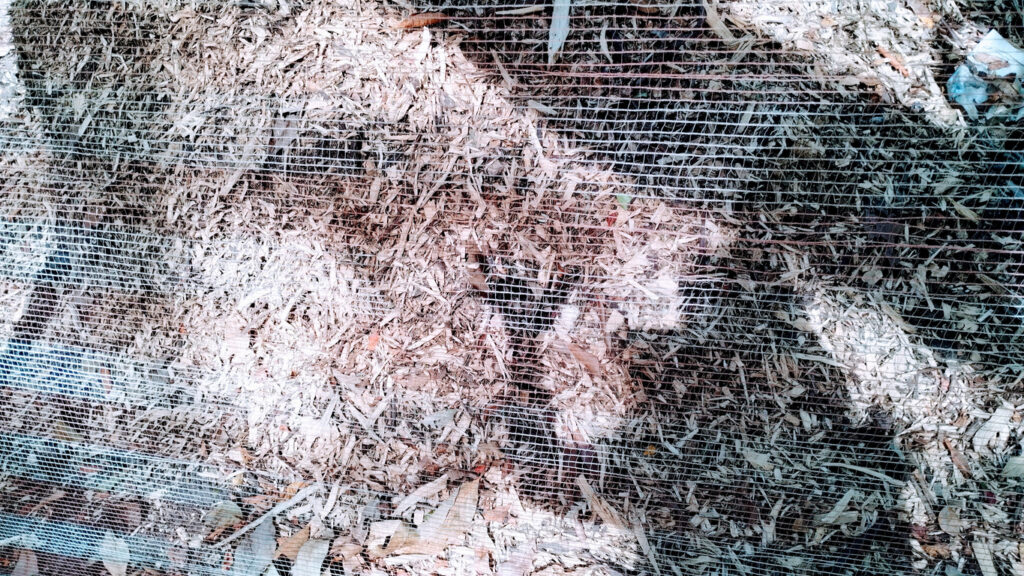
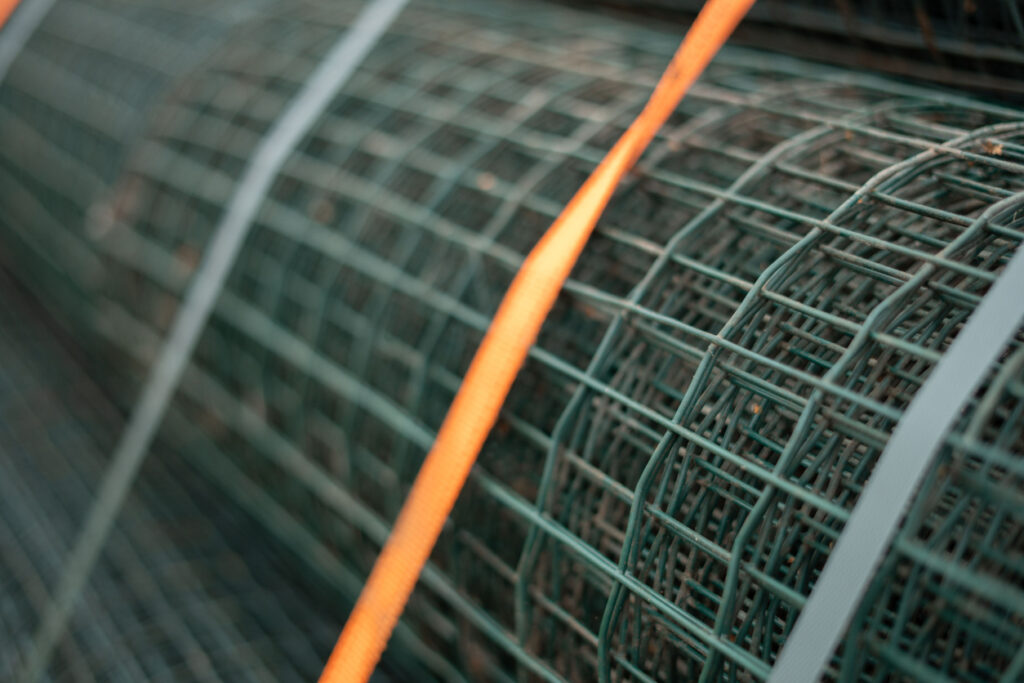
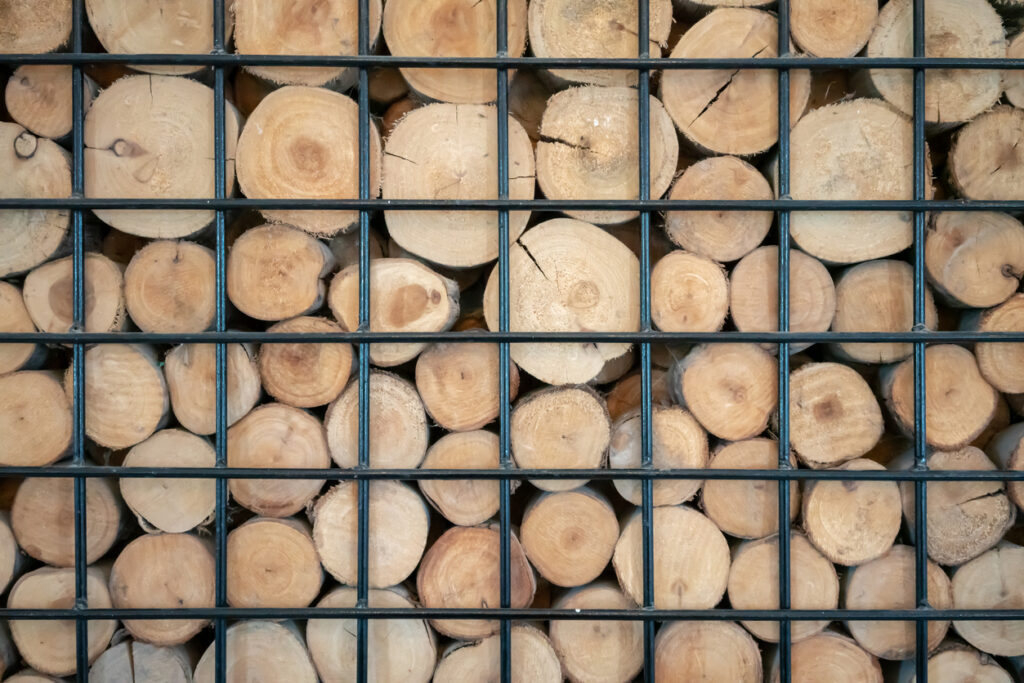
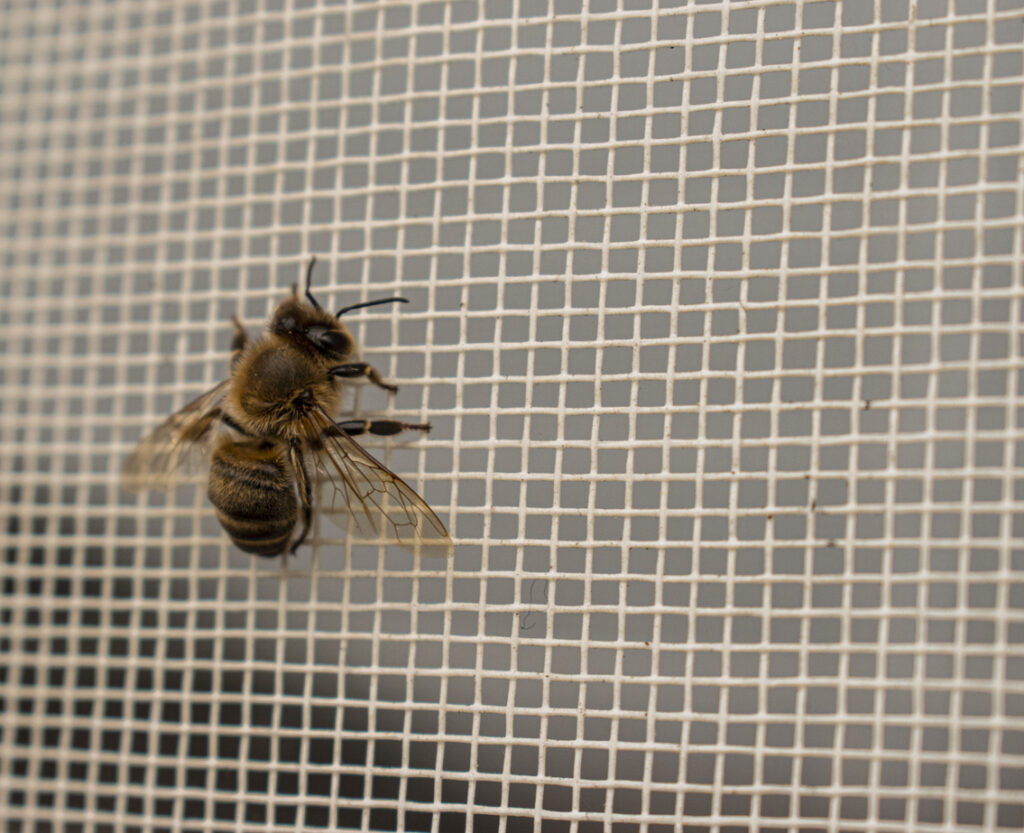
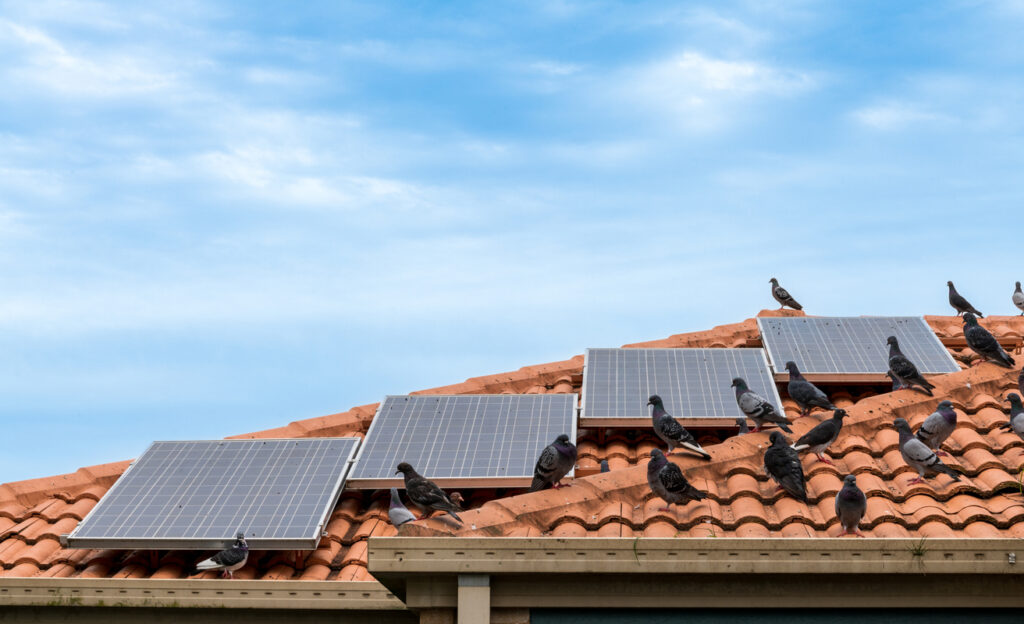
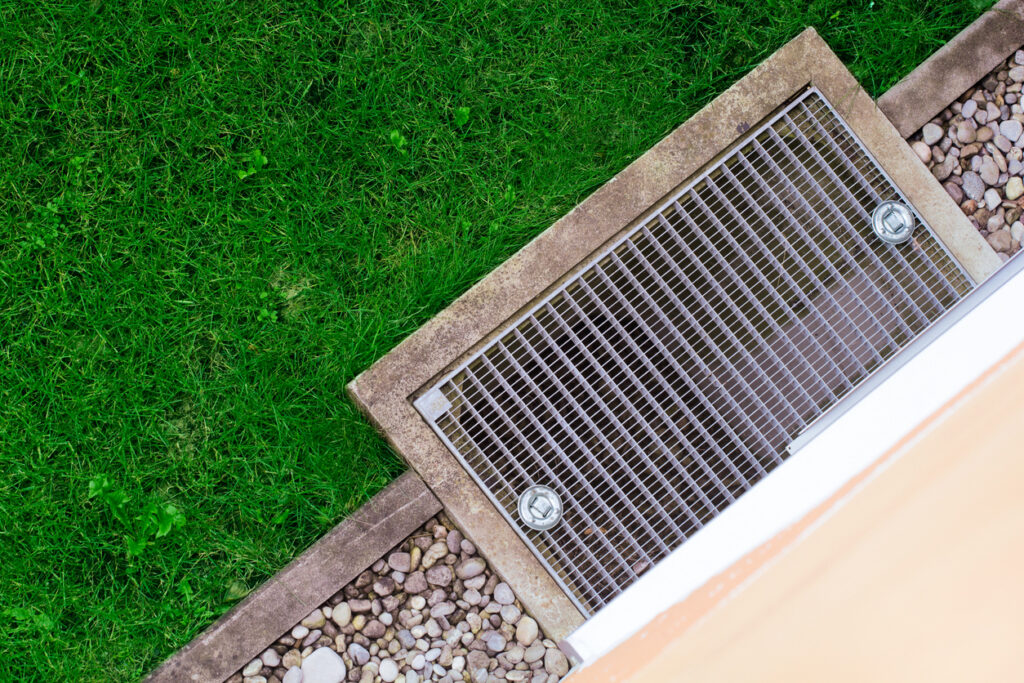
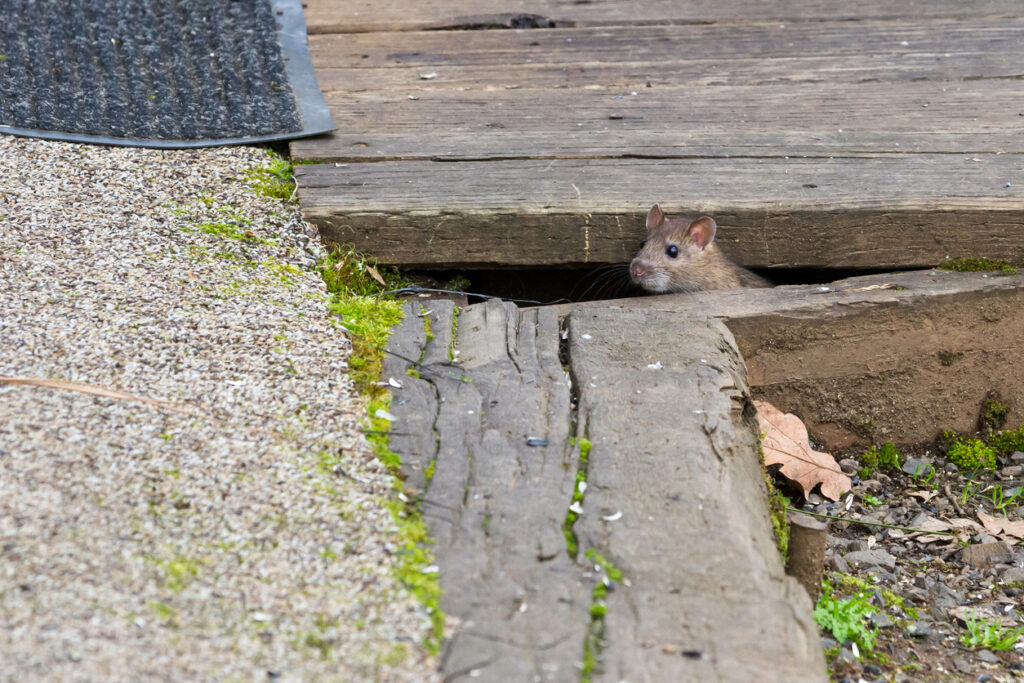
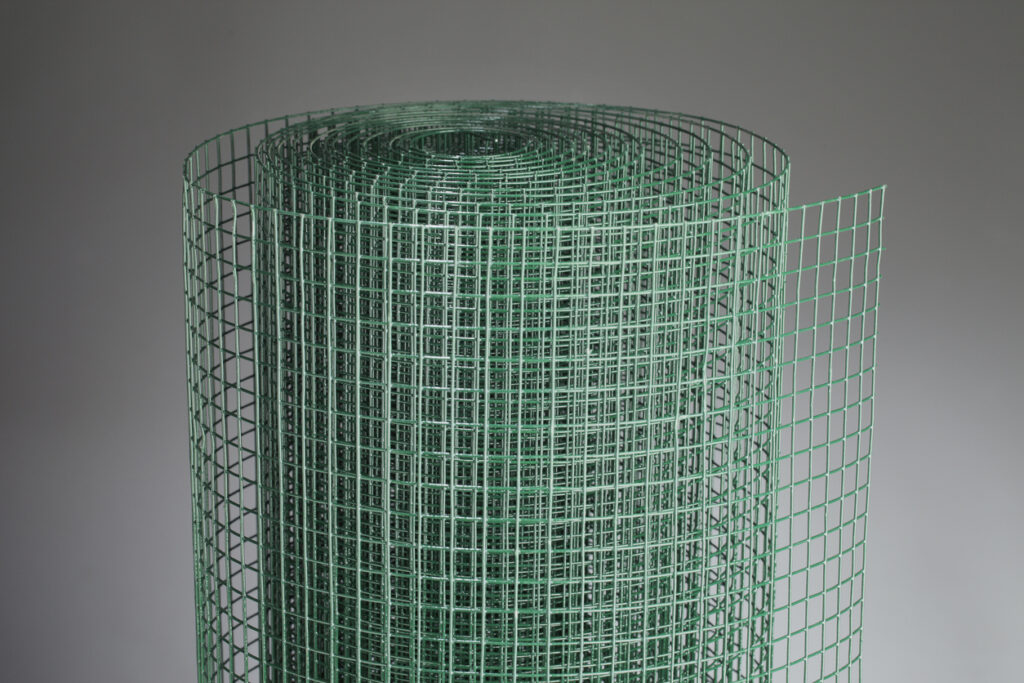

The largest range of wire mesh, chicken wire, wire fencing, woven wire mesh and perforated metal products in Europe, delivered direct from our Warrington warehouse.




Website by: Beech Web Services | Terms and Conditions | Cookie Policy | Privacy Policy | Website Terms and Conditions